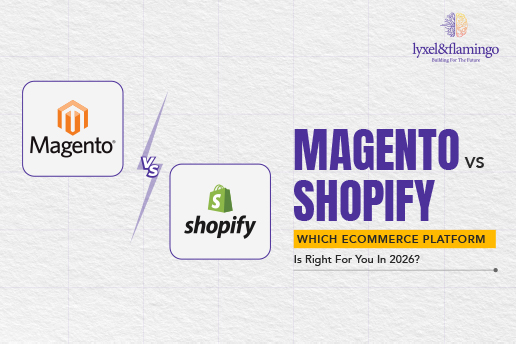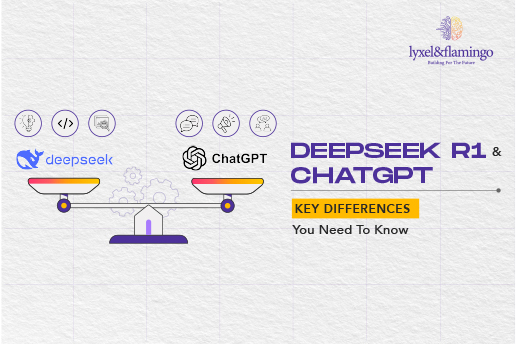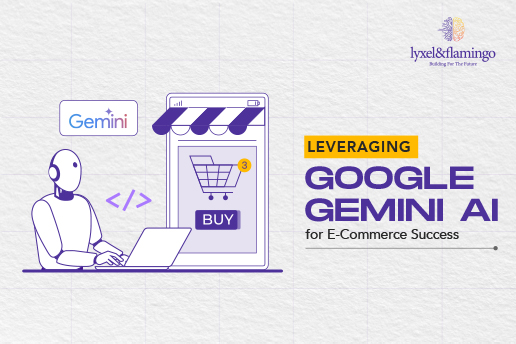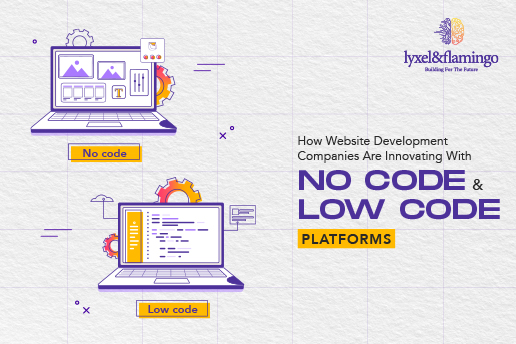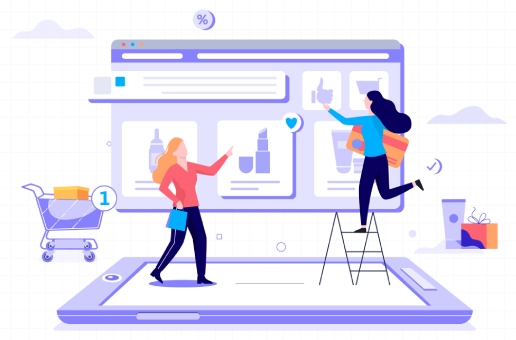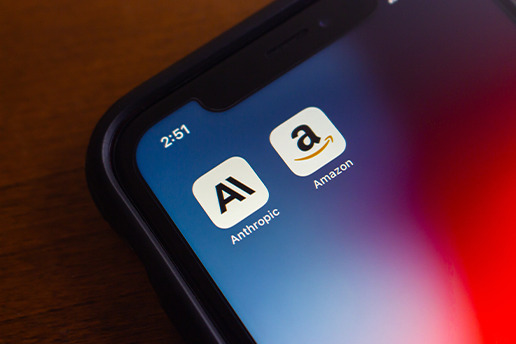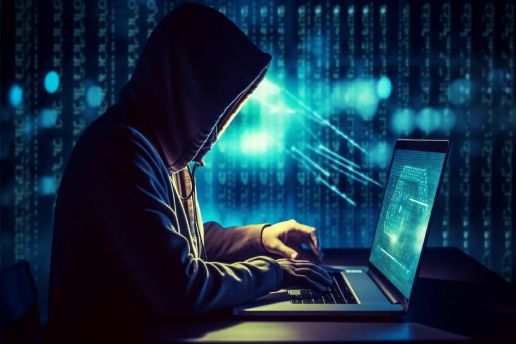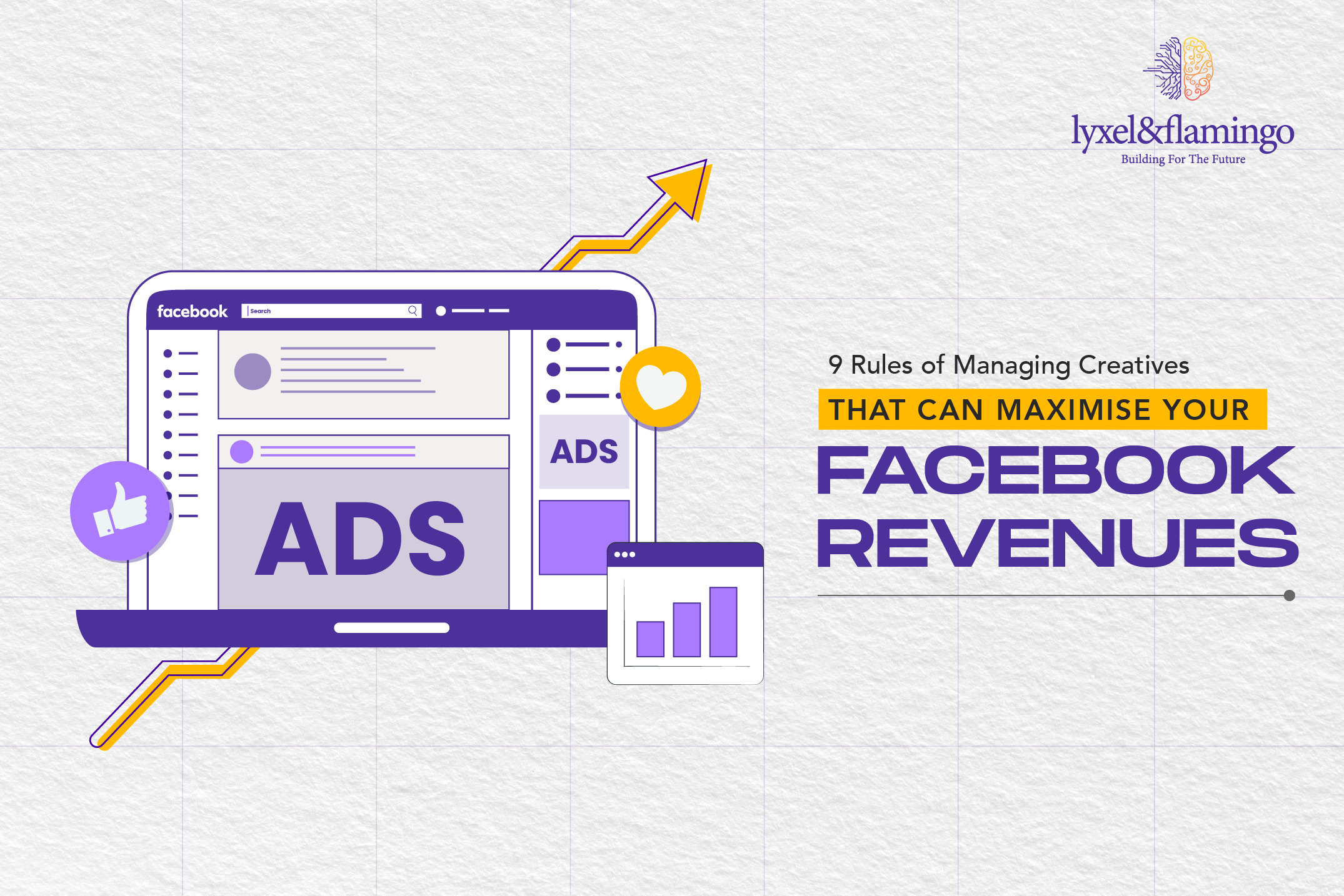The world of visual effects (VFX) is evolving faster than ever. From animating characters to creating realistic explosions, every detail required meticulous effort from artists and developers.
What was once a painstaking, time-intensive process is now being transformed by AI technology. It isn’t just improving VFX, it’s fundamentally transforming how visuals are created, making once-impossible feats achievable in real time.
From hyper-realistic characters to seamless environments, artificial intelligence is pushing the boundaries of creativity and efficiency.
But how exactly is AI reshaping the CGI future? What does this mean for the future of storytelling, advertising, and immersive experiences?
What Are Visual Effects (VFX)?
Visual effects (VFX) refer to the process of creating or manipulating imagery that cannot be captured in a live-action shot. These effects are typically used in movies, television, advertising, video games, and virtual experiences.
VFX blends CGI (computer-generated imagery) with real-world footage, creating visuals that appear natural and seamless. It is different from special effects (SFX), which involve physical effects like explosions or prosthetics done on set.
Why is VFX An Important Part Of CGI Technology Solutions?
VFX plays a crucial role in storytelling by enabling filmmakers, advertisers, and content creators to:
- Build fantastical worlds (e.g., alien planets, futuristic cities).
- Create realistic creatures and characters (e.g., digital doubles, animated animals).
- Enhance action sequences and simulations (e.g., car chases, weather effects).
- Achieve cost-effective and safer productions by replacing dangerous or expensive practical effects.
VFX transcends mere visual embellishment; it is an indispensable tool that expands creative boundaries, enhances narrative impact, and optimises production efficiency.
By seamlessly blending imagination with reality, VFX empowers creators to deliver compelling and immersive experiences that resonate deeply with audiences, solidifying its pivotal role in modern storytelling.
How Has VFX Evolved?
In the early days, practical effects, miniatures, and matte paintings were the go-to techniques.
The rise of CGI in the 1990s, seen in films like Jurassic Park and The Matrix, revolutionised VFX.
Today, AI and machine learning are taking VFX to another level, making processes faster, smarter, and more realistic than ever before.
By demystifying the technical aspects and highlighting the transformative power of VFX in modern media, it effectively sets the stage for exploring the profound impact of AI in this dynamic field.
How Is AI Transforming Visual Effects?
Artificial Intelligence (AI) is revolutionising the visual effects (VFX) industry by automating complex tasks, enhancing realism, and making high-end CGI special effects more accessible.
Traditional VFX required intensive manual effort, but AI-powered tools now streamline workflows, reducing production time and costs while improving creative possibilities. Here’s how:
- Automating Repetitive Tasks
One of AI’s biggest contributions to VFX is its ability to automate labor-intensive processes. Tasks that once took weeks can now be completed in hours or even minutes.
- Rotoscoping & Object Removal
AI can automatically track and separate objects from a scene, replacing the need for frame-by-frame manual editing.
Adobe’s Content-Aware Fill and Runway ML’s AI-powered masking are prime examples.
- Motion Capture & Facial Animation
AI-driven tools like DeepMotion and MetaHuman Animator generate hyper-realistic animations from simple video inputs, reducing reliance on expensive motion capture suits.
- Physics Simulations
The advanced AI technology enhances fluid dynamics, explosions, and particle effects, making simulations more efficient and realistic in software like Houdini and Unreal Engine.
- Working On Realism in CGI and Animation
AI is making CGI more lifelike by refining textures, lighting, and animations with minimal human intervention.
- AI-Driven Facial Animation
Traditional CGI struggles with realistic facial expressions. AI models trained on vast datasets can now generate natural lip-syncing, micro-expressions, and eye movements. Deepfake technology is one such example.
- AI-Assisted Texturing & Rendering
NVIDIA’s DLSS (Deep Learning Super Sampling) enhances textures and upscales images in real time, improving visual fidelity in gaming and animation.
- Neural Rendering
AI can synthesize and refine complex materials, ensuring surfaces like skin, metal, and water behave more naturally under different lighting conditions.
- Speeding Up Rendering and Post-Production
Rendering has always been a bottleneck in VFX production, often taking hours or even days to generate a single high quality frame. AI is dramatically reducing rendering times. Here’s how:
- AI-Powered Render Engines
Tools like NVIDIA OptiX AI Denoiser and Intel Open Image Denoise accelerate rendering by using deep learning to predict and refine final images.
- Real-Time AI Rendering
Game engines like Unreal Engine 5 use AI-driven Lumen and Nanite technology to enable photorealistic real-time graphics.
- Super-Resolution & Frame Interpolation
AI can upscale low-resolution frames and generate in-between frames, making slow-motion and high-frame-rate effects smoother.
- Democratising High-End VFX for Small Studios
AI is leveling the playing field, allowing independent filmmakers, small studios, and content creators to achieve blockbuster-level effects without massive budgets.
- Pre-Built AI VFX Models
Platforms like Runway ML and Wonder Dynamics let creators add professional-grade CGI with minimal technical knowledge.
- AI-Assisted 3D Modeling
AI-powered tools like DreamFusion and NVIDIA’s Instant NeRF can generate 3D models from text prompts or 2D images, reducing the need for manual sculpting.
- Automated Background and Scene Generation
AI can create entire landscapes and environments, speeding up world-building for films, games, and virtual reality.
- AI-Generated Digital Humans and Deepfake Technology
AI-driven deepfake and digital human technology is pushing VFX into hyper-realistic territory, raising both creative opportunities and ethical concerns.
- AI De-Aging & Face Replacement
AI has been used in Hollywood to de-age actors (The Irishman, Indiana Jones 5) and seamlessly replace faces in stunt sequences.
- Fully AI-Generated Characters
Companies like Synthesia and Soul Machines are developing AI-powered digital avatars that can act and respond realistically.
- Voice AI & Lip-Syncing
AI can generate believable synthetic voices and synchronise lip movements with speech, making dubbing and localisation easier.
AI is not just an enhancement, it’s a game-changer in visual effects. By automating workflows, enhancing realism, and making high-end CGI more accessible, AI is enabling faster, cheaper, and more immersive storytelling.
As AI continues to evolve, the future of VFX will likely be a collaboration between human artists and intelligent algorithms, unlocking new possibilities for storytelling across film, gaming, and advertising.
Potential Benefits of AI in Visual Effects and Animation
AI is revolutionising VFX and animation by streamlining production, improving creativity, and making high-end visuals more accessible. Here’s how AI is pushing the industry forward:
- Faster Production Timelines
AI dramatically reduces the time required for labor-intensive processes, speeding up the entire VFX pipeline.
- Automated Rotoscoping
AI-powered tools can instantly separate subjects from backgrounds, eliminating the need for manual frame-by-frame editing.
- AI-Driven Motion Capture
Traditional motion capture requires expensive suits and sensors. AI can now track human movement from regular video footage, making character animation faster and cheaper.
- Intelligent Rendering
AI-powered rendering engines predict and optimise final frames, reducing rendering time from hours to minutes.
Use Case: AI-powered upscaling in Unreal Engine 5 enables real-time photorealistic rendering, allowing filmmakers to preview CGI effects instantly.
- Cost Efficiency
AI makes professional-grade VFX more accessible by cutting costs in key areas:
- Fewer Manual Hours
AI automates repetitive tasks, reducing the need for large teams.
- Optimised Post-Production
AI-enhanced denoising, upscaling, and color correction speed up workflows, lowering costs.
- Smaller Studios, Bigger Impact
Indie filmmakers and smaller production houses can now achieve Hollywood-level effects without breaking the bank.
Use Case: AI-generated environments allow studios to skip expensive location shoots, as seen in virtual production techniques used in The Mandalorian.
- Unmatched Creativity & Innovation
AI is expanding creative possibilities by introducing tools that assist rather than replace human imagination. Here’s how:
- AI-Generated Concept Art
AI tools like DALL·E and MidJourney can create instant concept art, providing inspiration for set designs, characters, and environments.
- Procedural Content Generation
With the help of AI, you can generate unique landscapes, textures, and creatures, allowing artists to focus on refining rather than creating from scratch.
- Smart Physics & Simulations
AI-driven physics engines ensure realistic water, fire, and destruction effects, enhancing visual storytelling.
Use Case: Disney’s AI-assisted animation tool Meander helped create the hand-drawn-meets-CGI look of Paperman.
- Accessibility: Making Advanced VFX Tools Available to Everyone
AI-driven software is breaking barriers, allowing creators with minimal technical skills to produce stunning effects.
- No-Code VFX Solutions
Platforms like Runway ML offer AI-powered effects that require no programming or advanced expertise.
- AI-Driven 3D Modeling
AI tools can convert 2D sketches or text prompts into 3D models, cutting down on manual sculpting time.
- Democratisation of CGI Special Effects
Content creators, game developers, and even social media users can integrate AI-powered CGI technology solutions into their work effortlessly.
Use Case: AI-assisted animation tools like DeepMotion let small teams create lifelike character movements without professional motion capture.
AI Is Improving, Not Replacing, Human Creativity
AI in VFX isn’t about replacing artists, it’s about empowering them with tools that free up time for creative storytelling. By making VFX faster, cheaper, and more innovative, AI is opening new doors for filmmakers, animators, and brands alike.
Challenges in AI-Driven VFX
While AI is transforming visual effects (VFX), it also presents several challenges that impact creativity, ethics, and production workflows.
Here’s a closer look at the hurdles that come with integrating AI into the VFX industry:
- Ethical Concerns
One of the most debated aspects of AI in visual effects is deepfake technology and digital human creation. Here are some of the common concerns:
- Misuse of AI-Generated Faces
AI can realistically replace or de-age actors (e.g., The Irishman, Indiana Jones 5), but this raises concerns about consent, authenticity, and ownership.
- Fake News & Misinformation
Deepfake technology can be used to manipulate media, making it difficult to differentiate between real and altered content.
- Moral Dilemmas in Actor Replacement
Should AI-generated versions of deceased actors be used in films? (e.g., Carrie Fisher in Star Wars).
- Loss of Creative Control
AI is great at automating technical processes, but creativity is still uniquely human. Here are some of the weak points of this technology:
- Over-Reliance on AI-Generated Content
AI can create environments, textures, and characters, but can it truly understand artistic intent?
- Standardisation vs. Originality
The artificial intelligence technology works by learning from data, meaning it could lead to repetitive or predictable results instead of fresh, original ideas.
- Balancing AI and Human Input
While AI speeds up workflows, it cannot replace human storytelling, artistic vision, and emotional depth.
Use Case: AI-generated landscapes may look stunning, but without human refinement, they often lack soul and storytelling depth.
- Data Dependency
AI models require massive datasets to function effectively, which comes with its own set of challenges. Here are a few:
- Bias in AI Training Data
If an AI model is trained on limited or biased data, it can produce stereotypical or inaccurate visuals.
- Copyright & Ownership Issues
Many AI models use existing artwork, films, and images for training, raising concerns about intellectual property rights.
- High Computational Costs
Training AI models for VFX requires powerful hardware and cloud computing resources, making it expensive.
- Job Displacement
As AI automates tasks like rotoscoping, motion tracking, and rendering, some fear job loss in the VFX industry. It could be:
- Shift in Skillsets
Artists will need to adapt and learn AI tools rather than rely solely on traditional methods.
- Changing Job Roles
AI won’t replace artists, but it will change their roles, focusing more on art direction, refinement, and storytelling.
- Industry Adaptation
Studios will need to balance AI efficiency with human artistry, ensuring jobs evolve rather than disappear.
AI is a powerful tool, not a replacement for human creativity. While it brings efficiency and innovation, it also comes with its own set of challenges that need to be addressed.
The future of VFX lies in AI-human collaboration, where technology enhances artistic vision rather than replacing it.
What’s Next? The CGI Future with AI in Visual Effects
As AI continues to evolve, it is set to redefine the landscape of CGI and visual effects. While today’s AI tools assist human artists, the future will likely see even deeper integration, with AI becoming a co-creator in the filmmaking and gaming industries.
Here’s what we can expect:
- Fully AI-Generated Films with Minimal Human Intervention
AI is rapidly advancing toward a future where entire films could be created with little to no human involvement.
What does this mean?
- AI models could write scripts, animate characters, and generate environments, removing the need for traditional production teams.
- AI-driven CGI can replicate actors, allowing studios to extend an actor’s career or create performances without live-action filming.
- Studios could train AI on existing film styles, leading to the creation of movies in the style of a particular director or era.
Use Case: OpenAI’s Sora can already generate high-quality, AI-created video clips, hinting at a future where full length AI films become a reality.
- Personalised CGI Experiences in Gaming and Interactive Media
The gaming industry is on the brink of a major shift, where AI-driven CGI will create unique, player-specific experiences in real-time.
What does this mean?
- AI-generated environments will adapt to player choices, creating dynamic game worlds instead of pre-designed levels.
- Personalised NPCs (Non-Playable Characters) will have AI-driven dialogue and actions, offering a more immersive experience.
- Deep-learning VFX engines will allow players to customise character models and animations instantly, making every gaming experience unique.
- Real-Time AI-Enhanced Filmmaking, Eliminating Post-Production Delays
AI is streamlining the entire filmmaking process, from pre-visualisation to post-production, allowing for real-time adjustments and on-the-fly CGI rendering.
What does this mean?
- Virtual Production Advances – AI will allow directors to see final CGI effects in real-time on set, reducing post-production delays.
- Real-Time Motion Capture – Actors won’t need complex suits; AI will convert live footage directly into CGI animation instantly.
- On-the-Fly VFX Adjustments – AI-enhanced VFX will allow editors to make changes without re-rendering entire sequences, saving time and cost.
Use Case: Disney’s The Mandalorian used real-time LED walls powered by Unreal Engine, reducing the need for green screens and extensive post-production work.
The Future is AI-Assisted Creativity
AI isn’t replacing human artists, it’s enhancing their creative power. The future of VFX will be a collaboration between human visionaries and AI-driven efficiency, unlocking creative possibilities never seen before.
Let’s Create A CGI Future Together
As AI reshapes the world of visual effects, brands and studios need a forward-thinking creative partner who understands how to harness these advancements for impactful storytelling. That’s where Lyxel&Flamingo comes in.
We use AI-powered tools to create hyper-realistic visuals, digital humans, and dynamic environments, helping brands push creative boundaries. Along with this, our team leverages AI tools for visualization to eliminate repetitive tasks, allowing more time for creative innovation.
Whether you’re a brand looking for cutting-edge CGI or a studio exploring visual AI driven VFX, we are your partner in pushing creative boundaries.
Get in touch with us today to explore how AI-powered VFX can take your brand’s storytelling to the next level. Stay tuned for more updates!
